Have you ever heard of the melodious song of finches? Most of the people who have enjoyed the sweet voice of this small creature want to know about its details and if they can keep finches as their pets bird or not.
Finches are stout-billed and colorful songbirds, mostly found in rainforests and deserts which live on grass seeds. You will hardly find such a diversified species in the Aves world comprising almost 250 species under 50 genera.
Therefore, if you are also interested to know more about their habitat, morphology, basic characteristics, diet, behavior, reproduction and other facts, scroll down below and grab the focal sentences.
Basic Characteristics of Finches
First of all, as a “Finches Overview” reader, you may ask for the genuine characteristics of a finch. Here I will present their information in a tabulated form. Hopefully, this will help you to get their detailed information at a glance.
| Characteristics | Basic information |
|---|---|
| Order | Passeriformes |
| Commonly introduced | Songbirds with stout bills |
| Family | Fringillidae (Birds in some other families are also known as finches- ● Estrildidae ● Emberizidae ● Passerellidae ● Thraupidae) |
| Length | 9.5 to 27 cm commonly |
| Weight | 8g or 0.28 oz to 83 g (2.9 oz) |
| Plumage color | Brownish, greenish or black |
| Beak | Stout and conical beak modified for eating hardy things |
| Pigments | 01. Bright yellow and red pigments are found mostly in males 02. Females generally lack it |
| Average lifespan | 5-11 years |
| Habitat | 01. Temperate areas of North America and Europe 02. Some parts of South America 03. Africa 04. In winter, some species migrate to other areas and thus they make a widespread habitat |
| Diet | 01. Granivorous (That means they consume the grass seeds cracked by their hardy bills) 02. Insects or arthropods (Consumed by nestlings which are unable to eat seeds) 03. Sometimes they consume berries and nectar |
| Special fact | Pretty singers |
| Broods per season | Two or three |
| Residing habit | 01. In pairs while nesting 02. Commonly gregarious (That means they are always found in flocks except for nesting time) |
| Sexual dichromatism | Extreme |
| IUCN Red List | Critically endangered |
Have you found any difficulties while going through the table? If yes, then provide some time for this description as I am going to make the table simple for you.
Well, commonly known as songbirds due to their alluring chirping, finches are considered small birds compared to other Aves. The size and weight of the common finches may have already made you clear about this fact.
But the most interesting issue is their feathers. They have excellent plumage color that will attract you immediately. The colors also vary; the color ranges are different in males and females.
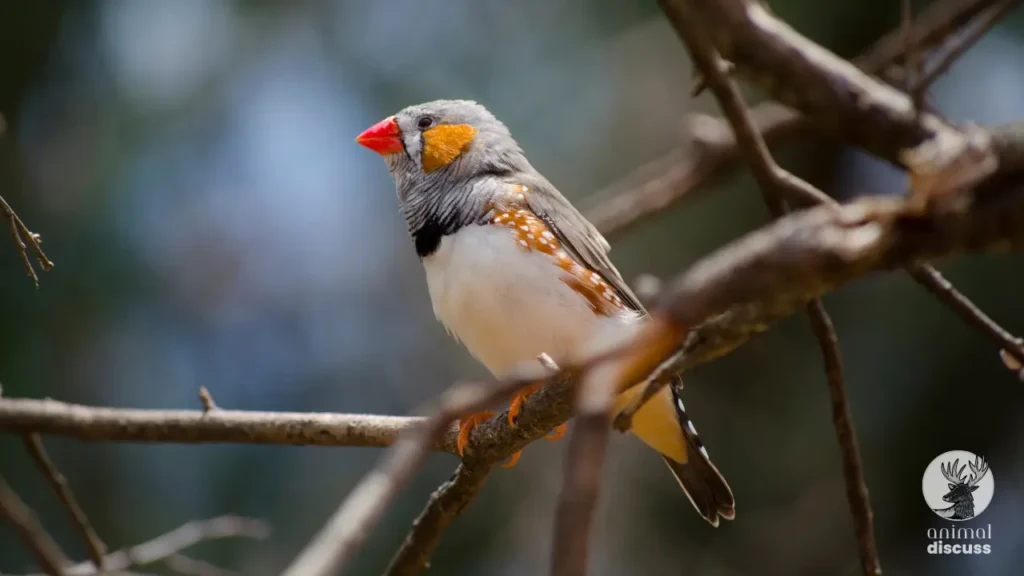
Being highly sexually dichromatic, the females are comparatively smaller and less bright than males. Even, the bright pigments are absent in the females. While these pigments transform into deep colors in the males. But, still, you have something to be astonished.
Though being a small-bodied species, they can consume hard seed coats with their stout beaks.
Sounds interesting, right? Well, these pretty singers have even more different behaviors and to get an idea about all of them, scroll below to the next headings.
Types of Finches
If I start writing about finches, I have to write a whole book on it. Till now, scientists have registered more than 200 species of finches under 50 genera. Of these, 240 species of the Fringillidae family are known as true finches.
Well, I won’t try to bother you. That’s why, I am presenting some of the true finches types shortly.
- Hawfinch (This is the most abundant type of finch found worldwide)
- Przevalski’s finch
- Chaffinch (7 types and almost 18 subspecies)
- Bullfinch (8 types and almost 21 subspecies)
- Crimson-winged finch (2 types)
- Trumpeter finch (4 subspecies)
- Mongolian finch
- Spectacled finch
- Golden-naped finch
- Rosefinch (31 types and almost 63 subspecies)
- House finch (11 subspecies)
- Cassin’s finch
- Purple finch
- Mountain finch (2 types and 9 subspecies)
- Scarlet finch
- Laysan finch
- Koa finch (2 types)
- Greenfinch (6 types and 21 subspecies)
- Desert finch
- Oriole finch
- Goldfinch (4 types and 24 subspecies)
- Citril finch
- Corsican finch
- Estrildid finches
Also, here is a list of some other well-known birds that are commonly called ‘Finches’-
- Canary
- Crossbill
- Galapagos
- Grosbeak
- Sparrow
- Euphonia
- Weaver
Finches are diversified. Hence, if you want to get an overview, you have to study some general facts that are common to all of them. Otherwise, studying about them individually may be a great pain for you.
Where Can I Find Finches?
Like the types, the habitat of finches is also diversified. You can find them mainly in the wood places and deserts. Here, I am referring to the tropical rainforests by wood.
Mostly, they are abundantly spread in the Northern Hemisphere, particularly in North America and Europe. Besides, the temperate part of South America consists of a lot of finch varieties.
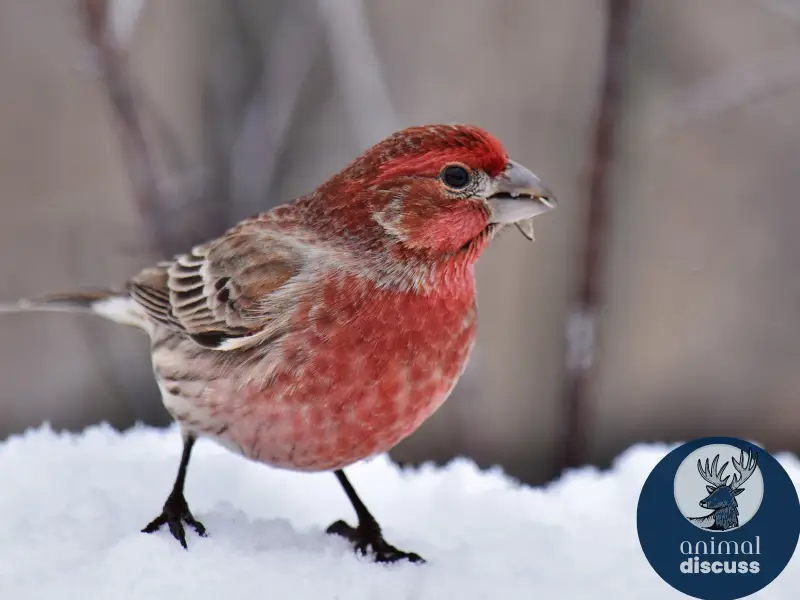
Not only that, the Sub-Saharan and the desert areas also exhibit a lot of finches. From research papers about finches, you will get a lot of African finches that are included in the Fringillidae family.
But commonly, they are migratory birds and in the winter season, you will find them in other parts of the world too. Thus, I can mention their habitat as a diversified one.
Well, this is the main fact about their habitat. If you want to know more about this part, you can check them in detail in my article- “Finches Habitat”
Food Types of These Beautiful Finches
Along with their habitat, you might be eager to know about their diet or cuisine. Now, I will state detailed information about their food items.
As I stated before, finches are granivorous. That means they like to have seeds or grains as their main food. Due to having a conical or cone-shaped stout beak, they can easily crack the seeds and have their food.
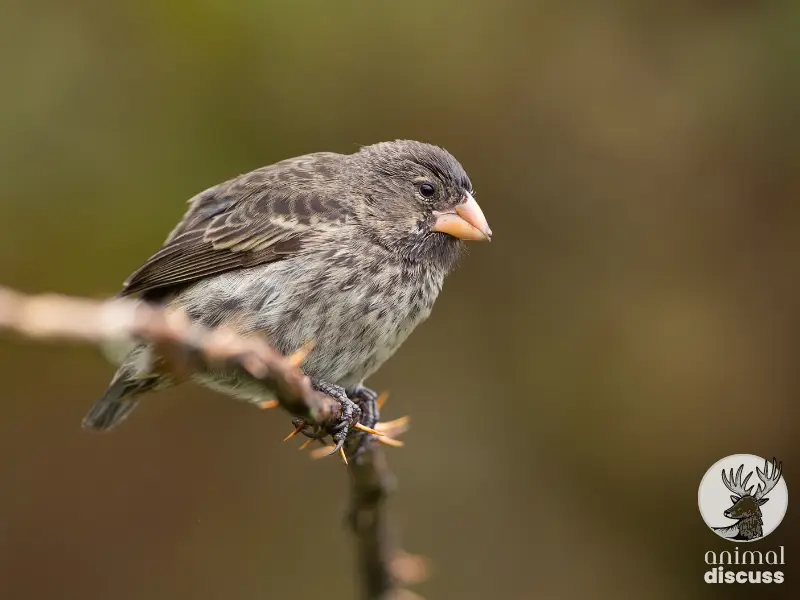
But what about the nestlings? As they do not have enough hardy for cracking seeds, they consume insects or arthropods as their food. In that sense, finches are omnivorous. Here I have mentioned a little part of their diversified food item.
Seeds
- Mustard seed
- Poison oak
- Cactus
- Knotweed
- Thistle
Insects
- Mealworms
- Bugs
- Spiders
- Caterpillars
- Grasshoppers
- Fruit flies (Drosophila melanogaster and Hydei sturdivant)
Among the insects, they prefer fruit flies. Also, Drosophila grows fast and thus it can be a good source of food for finches.
Foods in captivity
Now, if you are rearing a house finch in your case by domestication, you can provide them with commercial foods as I stated below –
Commercial food for caged finches
- Cuttlebone
- High-quality finch food
- Food and water dishes comprising at least 20% protein
- Perches
- Grooming supplies
They also consume several different types of foods of which I have mentioned only the main points. For detailed information, read the article “Finches dietary habits.
Finches Behavior
To me, the cutest part of finches is their behavior. I had a house finch a few years ago and my morning used to start with its melodious tunes.
They are quite familiar with their songs for which they are known as ‘songbirds’. Apart from that, let me point out their residing behavior. They love to remain in gregarious form.
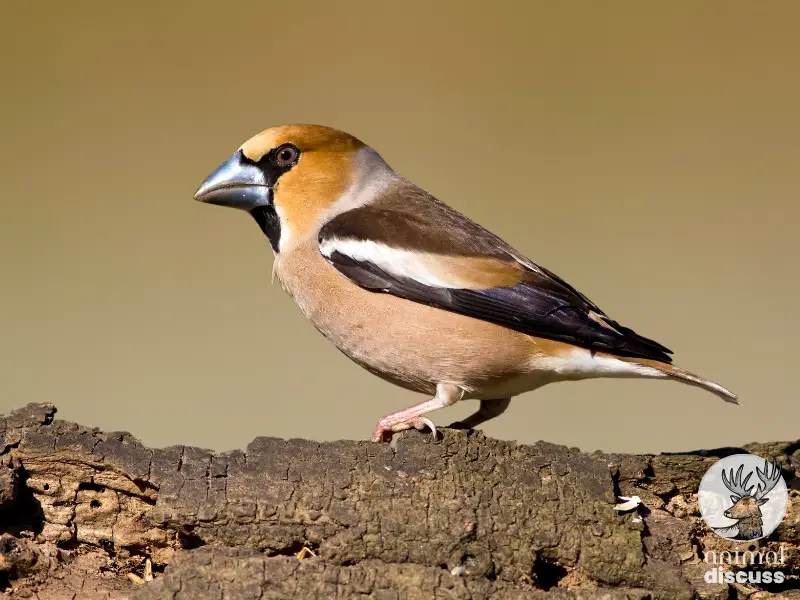
Most of the time, you will find them flying in a flock. It’s a type of colony that they maintain while flying. But occasionally they remain in pairs in their nest during reproductive season.
With these, let me add a piece of information about their communication. House finches are found communicating by their vocal tunes and body language. Similarly, the wild finches are also found communicating with their tunes.
Whatever, want to know more about their behavior? Click on this article for further information- “Finches Behavior”.
Reproduction of Finches [Reference]
Now, let’s point out one of the most important parts of finches and that is their reproduction. Finches can reproduce 2-3 generations per season.
Mostly, in their mating season, they prepare their nest with leaves, straw and other elements and lay clutches of eggs. They can mate with the same partner or different partners in different seasons for mating success.
While nestling, the female can alone complete the process. Also, commonly the male finches may help the females in this activity.
The other information about their eggs and nesting time is pointed out here for your convenience –
- Number of eggs per clutch- 2-6
- Laid clutch per season- Highest 6 clutches per season
- Egg color- Pale blue, pale purple or white
- Incubation period- 13-14 days
- Period of nestling- 12-19 days
- Reproductive maturity gaining time- 1 to 1.2 years
Threats for Finches [Reference]
Meanwhile, I have discussed the behavior, food, habitat and reproduction part of the finches. I think most people will love this bird if they hear its melodious voice at least once.
As you are here, that means you also love the finches. But do you know, according to the researchers, the true types of finches are rare now?
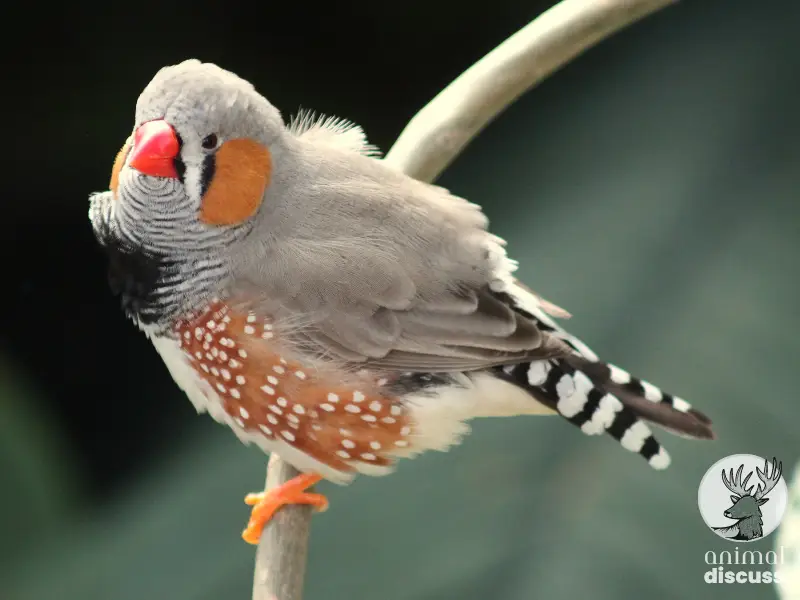
You can find a lot of finches but most of them are of other families or secondary forms of the true finches. That’s why according to the IUCN Red List, finches are considered “Critically endangered” species.
You will be surprised to know that during the eighteenth to twentieth century, finches were used in the coal mining industry in Canada, the USA and the UK. Fortunately, this process was banned in 1986.
At that time, the finches were threatened. Also, different predators eat the finches and are making them extinct day by day. Some of the predators are –
- Raccoons
- Rats
- Grackles
- American Crows
- Squirrels
- Cats (Mostly in house finches)
- Snakes
- Sharp-shinned hawks
- Eastern chipmunks
- Owls
- Jays
Additionally, people also catch finches restlessly. Migratory birds are often the prey of human beings. Besides, wildfires also kill a lot of finches. All over, the finches are now at great risk due to all these factors.
Protection and Preservation of Finches
According to the threat section, hopefully, you have understood that it is high time we should save the finches. In this case, the world can focus on some specific points.
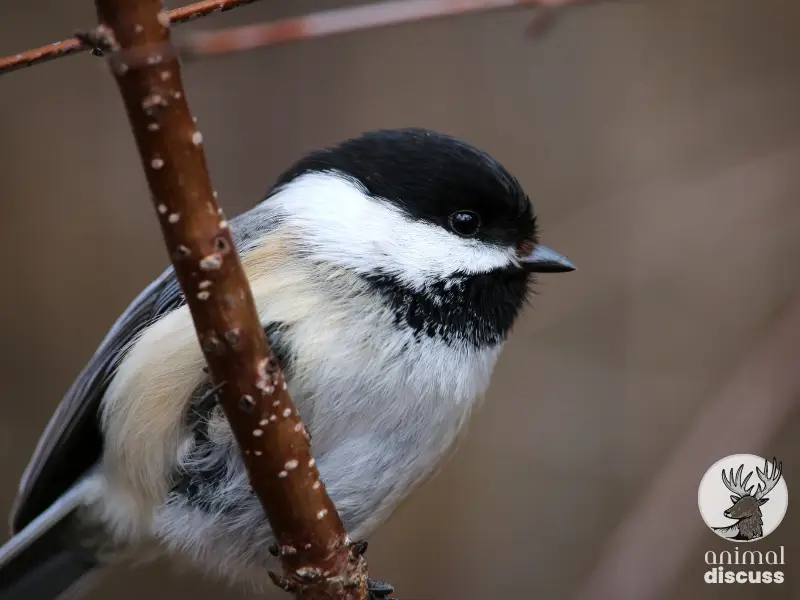
- Sanctuary should be created for the finches so that they can easily live and reproduce without any harm.
- During wildfires, they should be rescued by volunteers.
- Killing of migratory birds should be prohibited.
- The agencies regarding animal preservation should make new strategies and projects for saving the finches.
Frequently Asked Questions
Well, there is a lot of text that you have gone through in this time. But let me provide you some different but basic info about the finches in short.
01. Can I find finches in Asia?
Not really. Finches are not so available in Asian countries. But sometimes, during their migratory period, you can find them in the comparatively temperate part of Asia.
02. Can I domesticate finches?
Yeah! A lot of finch species are now domesticated by people. Hence, you can keep them as your pet. Their maintenance won’t be too high, and you can easily have them as your lovely pastime.
03. Do finches live in the mountains?
Yes! Along with the deserts and woodlands, you may also find them in the mountains. These are normally found in the temperate parts of Europe.
Final Thoughts
Well, I am at the last step of my detailed article about finches’ overview. As an overview article, I tried to sum up all the main points together about their habitat, behavior, food and reproduction.
Hopefully, these points will help you to gain a basic knowledge about finches. But lastly, I want to say a few words. If you want to enjoy the sweet tune of finches always, please try to save them in the way you can. Otherwise, they will be extinct.

